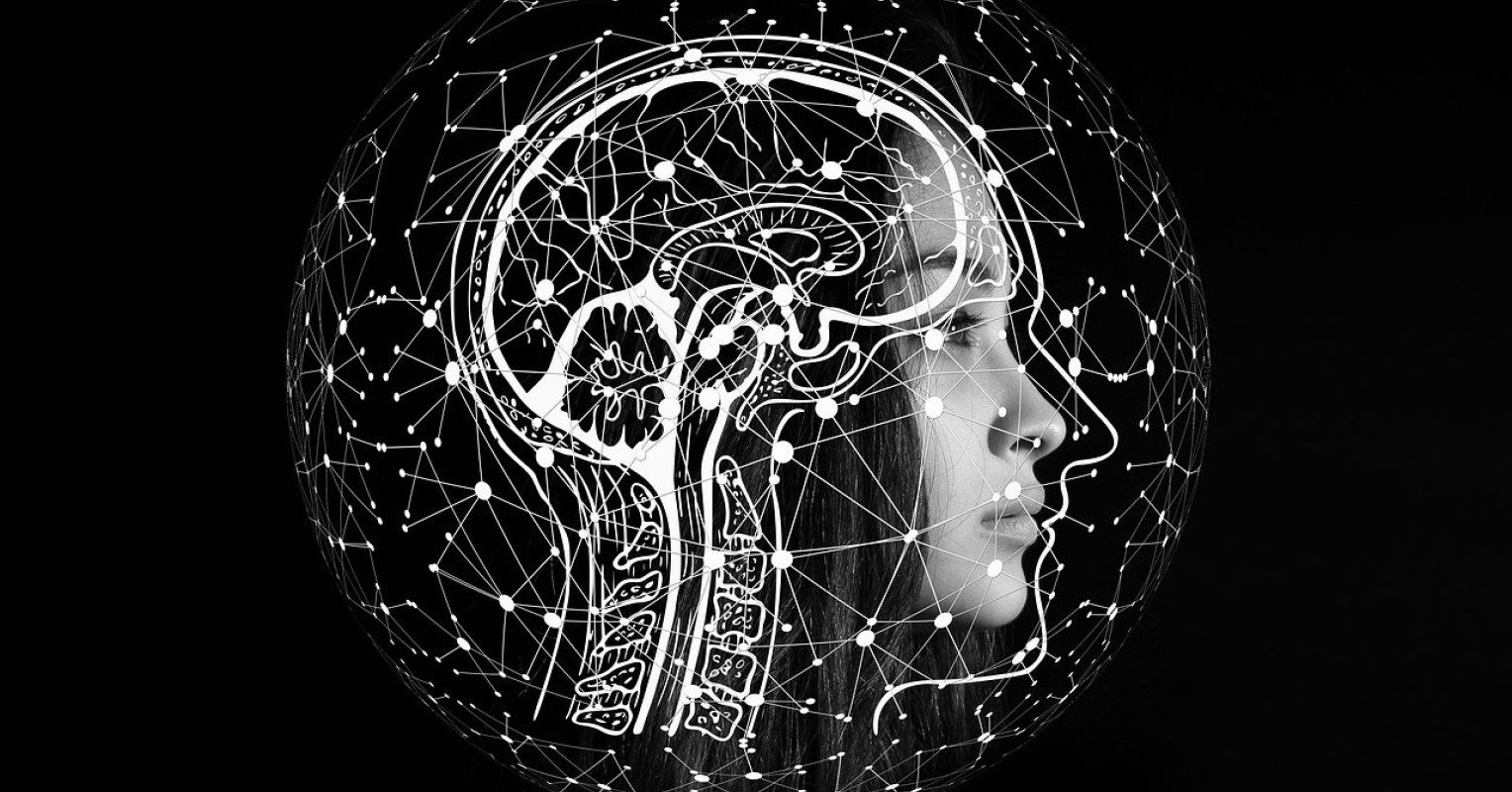
"Deep Brain Reorienting guides attention to sensations linked to the brain stem's first response to threat. DBR is one of the first therapies to directly target traumatic shock at the brain stem level. Interim results of a randomized controlled trial suggest effectiveness similar to gold-standard treatments. DBR may complement cognitive therapies by easing the intensity of raw emotions. Trauma is pervasive, and thus numerous therapies have been developed to address its distressing symptoms."
"Shock is the moment of realization during trauma, where our anticipation or prediction of an incoming perception misaligns with the actual incoming sensory input. It's the "gasp" while falling, or bracing when unable to escape. By addressing shock, we may address a major obstacle in recovery: the sense that a traumatic reaction is "stuck" or "held" in the body and inaccessible to traditional treatments."
Trauma affects many people and current psychotherapies leave substantial nonresponse and dropout rates. Up to 50 percent of people with PTSD do not respond sufficiently to psychotherapy and up to 25 percent drop out. Research into brain adaptations after trauma suggests foundational responses originate in the midbrain within the brain stem. Shock occurs when predicted and actual sensory input misalign, producing a momentary physiological reaction that can become held in the body. Deep Brain Reorienting guides attention to those brainstem-linked sensations to treat shock, with interim randomized controlled trial results indicating effectiveness comparable to gold-standard treatments and potential to complement cognitive approaches.
Read at Psychology Today
Unable to calculate read time
Collection
[
|
...
]